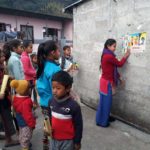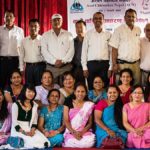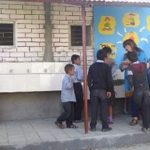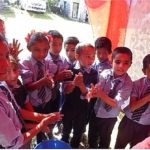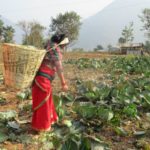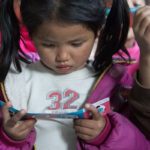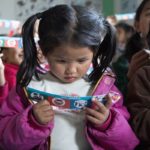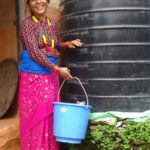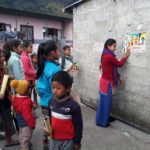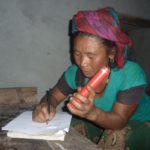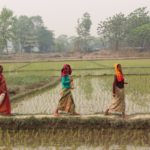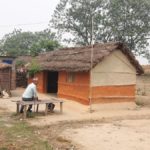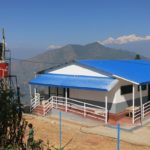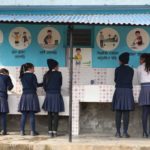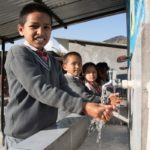Beautiful Nepal
Nepal is well-known because of the Himalayan Mountains with the tallest mountain in the world, hills, valleys, and some (hilly) plains. Bordering India and China (Tibet) Nepal has been through a myriad of political changes from panchayat system, Hindu kingdom, constitutional monarchy, democracy, civil war, constituent assembly and is currently a secular democratic state. Politically, it is somewhat unstable with frequent changes to local and district leaders. Although officially a “secular” state some 81% are Hindu, 9% Buddhist, 4.4% Muslim and 1.4% Christian.
A Closer Look at the People
The beauty of the Himalayas overshadows underlying, serious problems such as increasing drug use (rising by 11% per year), lack of facilities nationwide for female drug and alcohol rehabilitation, lack of safe drinking water, insufficient toilets, insufficient hygiene/sanitation knowledge and behaviour, insufficient disease prevention knowledge, child and maternal morbidity and mortality from preventable causes, adult illiteracy, gender inequality, unemployment, human trafficking, natural disaster-prone. The vast majority of these problems are poverty-related.
Rising to the Challenge
It’s easy to make some goals in such a situation and ours is to contribute towards the reduction of poverty by focusing on six Sustainable Development Goals (SDGs):
- promoting health and well-being and increasing the coverage of treatment intervention;
- inclusive and equitable quality education;
- empower women and girls;
- sustainable management of clean water and sanitation for all;
- make human settlement safe, resilient and sustainable for poor and vulnerable groups;
- promote a peaceful and inclusive society.
What are we doing to effect change?
Activities are already in progress to change the present situation and without going into painstaking detail here are some:
Female drug and alcohol programme
- Residential centre of 11 beds with a 1-year programme
- Outreach programme – harm reduction focusing on awareness-raising among young people and women at risk; encouraging those with drug or alcohol addiction to seek treatment;
- counselling, followup up for clients who have completed a residential programme and their families and followup with those met during outreach;
- Networking with other organisations and government involved in drug and alcohol rehabilitation.
General health promotion, water and sanitation
- Health awareness-raising and promotion (women and children focused)
- Hygiene awareness-raising and promotion
- Support for safe drinking water – type depends on the situation – usually handpump or well, sometimes rainwater collection system
Support for improved sanitation
- Support for handwashing stations – usually in schools, possible in other appropriate community centres
- Hygiene and health camps as appropriate
- Health advocacy, facilitate care and support for chronically ill/elderly
Community empowerment, livelihood and education
- Adult literacy (majority female) 6-month course +/- followup 3-month literacy course;
- Saving credit groups, capacity building and income generation activities (with special focus on women, but men also included);
- Vocational training – for men and women;
- Awareness-raising on relevant social issues (child marriage, violence against women etc);
- Mobilising self-help groups to identify needs, resources and to learn skills.
Child protection
- Combat human trafficking by raising awareness and referral;
- Child club formation and mobilisation;
- Encourage increased enrolment and continuance of children at school;
Disaster resilience assistance programme
- Helping the most vulnerable groups of people affected by a natural disaster to cope with it;
- Increasing the resiliency of communities towards future disasters.
In all of these activities we work closely with local communities, encouraging input and participation from all, believing that “Together, we can make a difference.”
Who will be helped by the project?
An anticipated 25,000 people will be helped by our project including:
- People from poor and marginalised communities;
- People affected by natural disasters;
- People affected by chronic illness;
- Pregnant women;
- Children;
- Girls and women addicted to drugs and alcohol;
- People with limited access to safe drinking water, good hygiene and sanitation and/or at risk of
- disease.
Just reading this was a huge task for you, but doing it is truly a humungous one for us. Your generous support will certainly help us to make a change where change is needed. Just click on one of the Donate buttons on this page to play your part in making Nepal beautiful under the shadow of the Himalayas.
“Together we can make a difference!”


